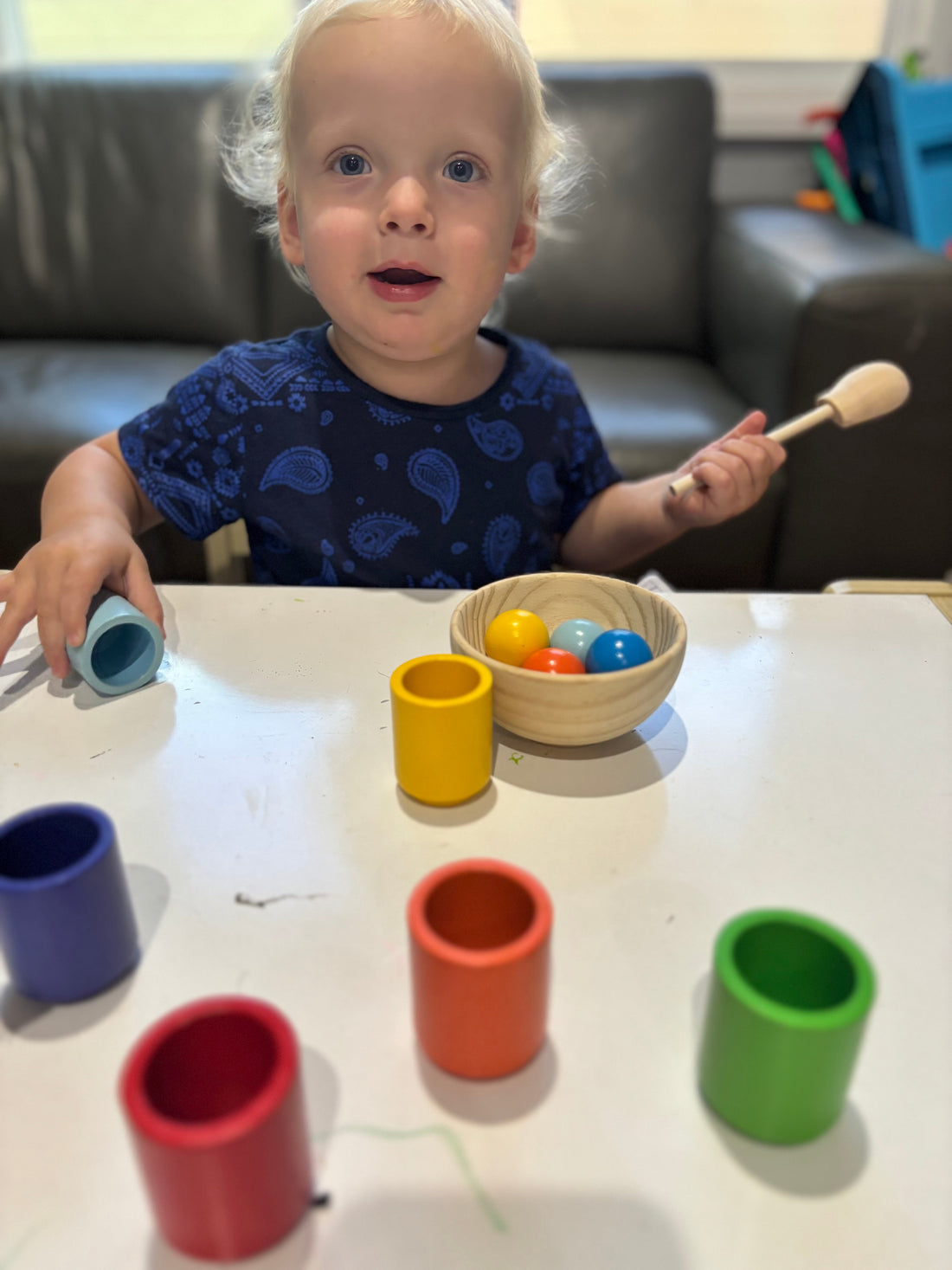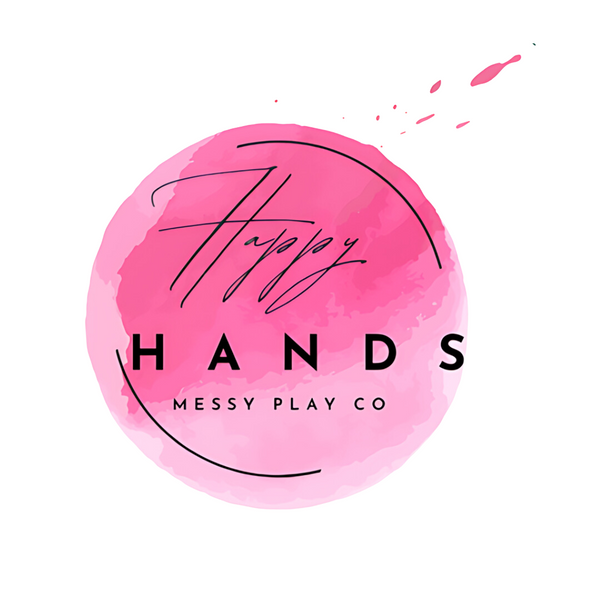
Embracing Growth: The Happy Hands Method for Sensory Play
Share
As the founder of Happy Hands Messy Play Co., I'm passionate about nurturing children's development through joyful, engaging sensory experiences. While many associate sensory play with messy activities, it's important to recognise that these experiences encompass a rich tapestry of engagement that supports holistic growth.
Next month, I'm excited to introduce the Invitation to Play Challenge, rooted in the Happy Hands Method I've developed through years of research and hands-on experience. Let me share my 4-Step Approach to creating enriching Invitations to Play (ITPs):

1. Embrace Sensory Diversity: Sensory play engages multiple senses simultaneously. In my latest demonstration, I showcase how visual stimuli (colours) and proprioception (coordination) work together to enhance motor skills and cognitive abilities. This multi-sensory approach is supported by Dr. Jean Ayres' Sensory Integration Theory.
2. Encourage Joyful Exploration: The heart of my method lies in providing children the freedom to explore at their own pace. The wooden cups and balls set I use exemplifies this principle, offering open-ended play that nurtures problem-solving skills and creativity. This aligns beautifully with Lev Vygotsky and his sociocultural theory, emphasising the value of self-directed learning.
3. Celebrate Every Step: Positive reinforcement builds confidence and intrinsic motivation. When a child places a ball in a cup, it's a moment of triumph that deserves recognition. This approach is grounded in B.F. Skinner's work on positive reinforcement and its role in fostering growth.
4. Reflect and Grow Together: Post-play discussions are a wonderful opportunity for connection. By engaging your child in reflection, you're nurturing metacognitive skills essential for lifelong learning. This practice is supported by John Dewey's experiential learning theory, which highlights the importance of reflection in the learning process.
The theoretical foundations of sensory play are rich and diverse. Maria Montessori's work on the prepared environment and Jean Piaget's cognitive development theory both underscore the vital role of sensory experiences in early childhood.

Recent neuro-scientific research, such as the studies conducted by Dr. Bruce Perry, illuminates how sensory play contributes to brain plasticity and the formation of neural pathways crucial for learning and emotional regulation.
As we embark on the Invitation to Play Challenge next month, I invite you to explore the wonderful world of sensory learning with your child. By implementing the Happy Hands Method, you're creating joyful moments of play that lay the foundation for lifelong learning and development.
Remember, every moment of play is an opportunity for growth and connection. I'm excited to see how you and your little one will flourish through this challenge. Let's unlock the full potential of your child's developing mind together, one playful moment at a time.
